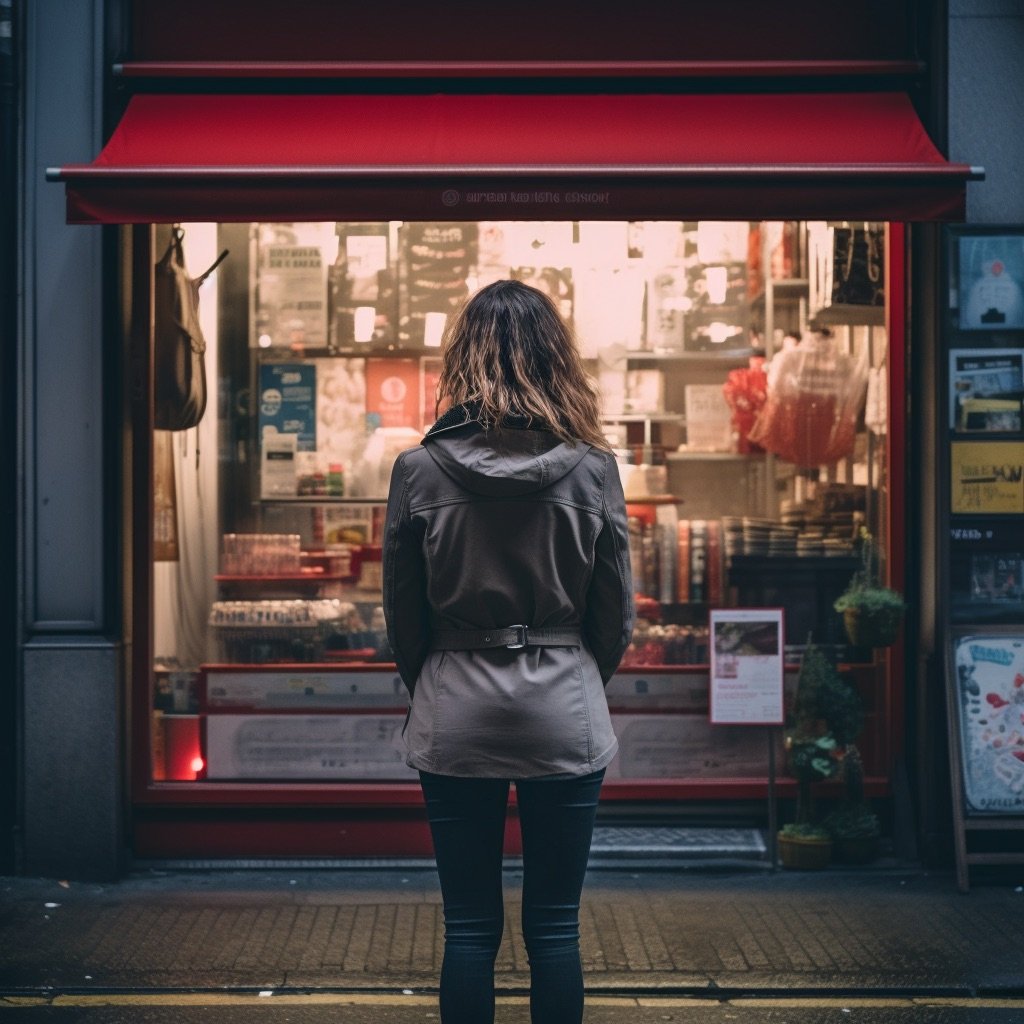I started going low-buy this year. TL;DR: it’s been easier than I thought it would be.
What’s a low-buy year?
It’s a year of buying way less stuff. It’s essentially a more lenient variant of its strict cousin, the No-Buy Year. While the latter pretty much only allows for the purchase and consumption of food and essentials, you stipulate your own rules on a low-buy and can, for example, buy new shoes if you need them, purchase an app if it it’s reasonable and justifiable, or get an occasional meal out.
Both schools are essentially methods to rein in your consumer habits and bid farewell to excessive spending. The reasons for doing so are personal and manifold. Maybe you have too much stuff at home and don’t know where to put it all. Maybe you’re planning to downsize to a smaller place. Perhaps you’re trying to get a grip on credit card debt, shopping addiction, or a tendency to hoard. Or maybe you were unexpectedly laid off and have simply had to cut way back on spending.
Whatever your situation and motivation may be, having a framework for cutting costs can set you up for success. Here are five steps to get you going on your low-buy journey:
1. Assess your budget and identify big expenditures in non-essential spending categories.
If you haven’t been keeping a budget, you can refer to old bank and credit card statements to get a good idea of where you typically drop money.
I’ve used a budget application called Banktivity for over ten years, so it was super easy to pull up a report to see what my biggest non-essential spending categories were (fashion, cosmetics, and going out).
2. Set your rules.
After you identify your spending weaknesses, define your own rules for those categories. Do you need to cut back on hobby supplies? Books, apps, media? Bar-hopping or Starbucks? Look closely at whatever your personal weakness might be, and then think about what you can scratch.
In my particular case, I decided to cut spending on beauty products, clothing and accessories, eating out, and subscriptions. Here’s what the rules look like in those categories for my low-buy year:
- I may only purchase refills of cosmetics or skincare I truly run out of and need again for my daily regimen.
- I may not purchase any clothing, shoes, or accessories, but I may use two vouchers I have, and I may purchase a bespoke item that was ordered one year ago if and when it finally arrives.
- As for eating out, I may only get two takeaways or inexpensive meals out per month (this has been easy so far, as we’re still in lockdown and no restaurants or pubs are open anyway).
- I am only allowed to keep paid subscriptions to things I use multiple times a week. This turned out to be Microsoft Office, Spotify, and Netflix. Everything else was cancelled.
3. Remind yourself why you’re doing a low-buy year.
Stay motivated. It’s important to remember you have a reason for going low-buy. Be it abstinence until you’ve found a job again, or saving for financial independence, creating a tidier home with less clutter, or chipping away at your student loan or credit card debt.
Remember your reason, and envision a successful outcome in your mind’s eye!
4. Avoid temptation.
If eating out was your thing and you’ve decided to totally cut back on it, set yourself up for success by making it easy to eat at home! You can do that by meal-planning, cooking ahead and meal-prepping for all those weeknights you feel too lazy to cook, and by organising your grocery shopping in advance.

If you are a shopaholic, you’ll want to unsubscribe from all those newsletters and marketing emails you constantly get about sales.
Ridding your inbox of this consumer click bait is a first big step in avoiding temptation! You’ll soon discover you will not die if you don’t keep up with the bi-weekly new collections at Zara, or the latest drop on Net-a-Porter.
5. Enjoy your newly-won free time.
You’re going to have more time on your hands when you’re not shopping, browsing, scrolling, and pining for new stuff.
Take a walk. Read that stack of books you’ve been meaning to read for forever. Call your grannie. Start a new blog. Teach the dog some tricks. Learn to code. Clean out the cellar. Take a nap. Make some other resolutions to improve your home. Or go volunteer for a cause you care about.
There’s a lot of stuff to do out there apart from shopping!
So far my low-buy year has been less painful than I would have expected. I was very quick to replace my online shopping habits with new things like taking online courses and blogging. And while being in the midst of a pandemic is horrific and we all wish it would end, it has actually made it easier to buckle down on spending: having far fewer places to go has equated to less opportunity and need to spend money.
Does going full-blown low buy sound too daunting to you? You don’t have to do a whole year. Consider a low-buy week or a low-buy month instead. See how it goes, how much you saved, or if you need to tweak your rules. Leave a comment if you have any tips!
Check out the entire Low-Buy Series here at Tidymalism!
– How to Start a Low-Buy Year
– Q1 Update
– How to Do a Low Buy Year: Narrowing Down Categories & Creating Rules
– Q2 Update
– Q3 Update
– Planning a Low Buy Challenge for the New Year
– Q4 Update









Leave a Reply